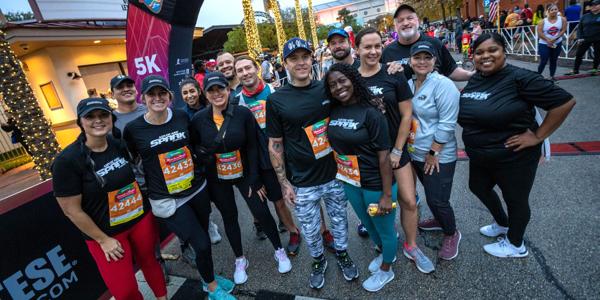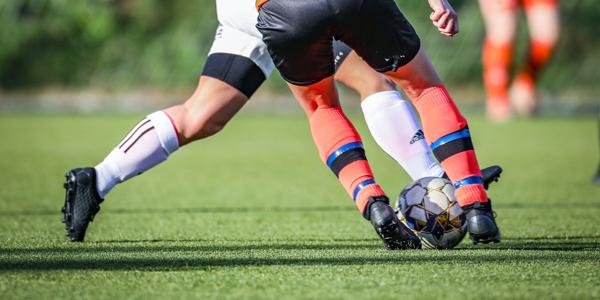Rock 'n' Roll Running Series
You cross the finish line of a race and feel good. Sure, you’re a little sore or stiff but nothing too serious. Then, 24 to 48 hours later — BAM! Your legs are protesting, you have trouble with stairs and you find yourself in a hotel room bathtub in your swimsuit with your friend making runs down the hall to the ice machine so you can take an ice bath.
So what gives? Delayed onset muscle soreness (DOMS). It’s a fancy name for the soreness you feel a day or two after completing a challenging race.
The first thing to know – it’s completely, 100% normal. It simply means you’ve worked your muscles harder than they’re typically used to. That’s probably why you’re more likely to experience DOMS after completing a new distance or a hard race.
You’ve basically created small tears in your muscle. That may sound scary, but it’s actually not a horrible thing because it’s how you build muscle over time. Boiled down: you are getting stronger. It also can mean that you jumped up too quickly to a new distance or pushed the pace past what your body was capable of completing without excess soreness.
Properly warming up and cooling down before a run or race can help ease DOMs. Stretching after a workout is also a good idea. If you’re extremely sore 24 to 48 hours after a workout, you should also consider backing off the pace in your next run or taking a few extra rest days.
In the future, you can try to increase your pace or distance more slowly to not have as much soreness in the days after a run. In the immediate time, taking an ice bath or wearing compression gear can help to aid the recovery process. That being said, experts widely disagree on whether those two methods actually provide any real relief, even though many runners swear by them.
One thing that many people agree upon is that pain medication, such as ibuprofen or acetaminophen, can help — at least for a bit. But if you’re relying on meds after each run, that is not a good thing.
For more from Katharine Lackey, visit Kat Runs D.C.





